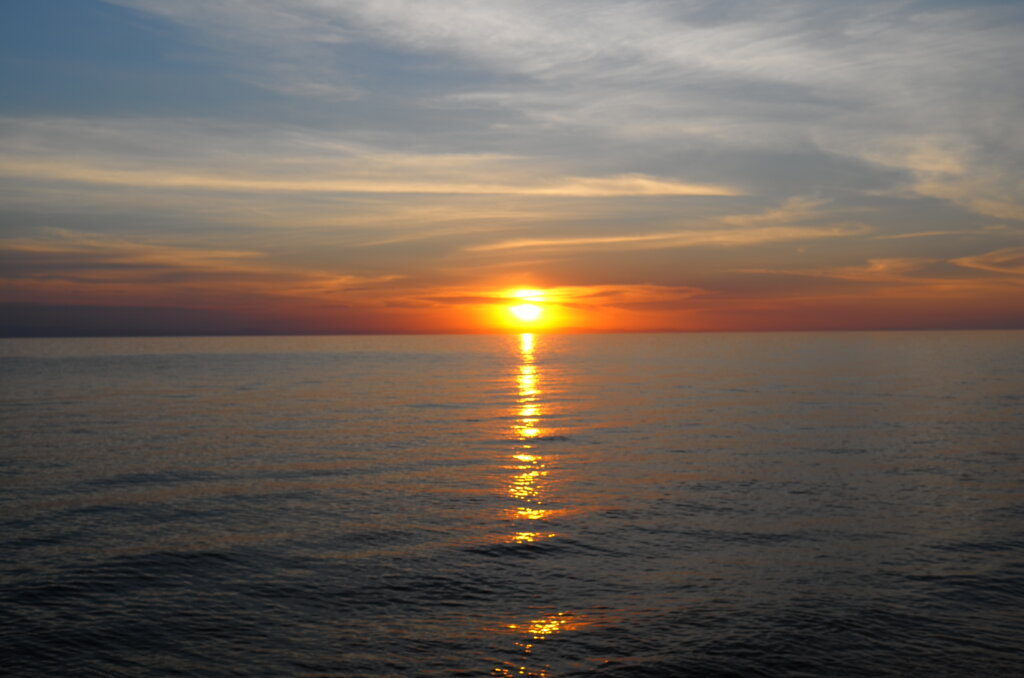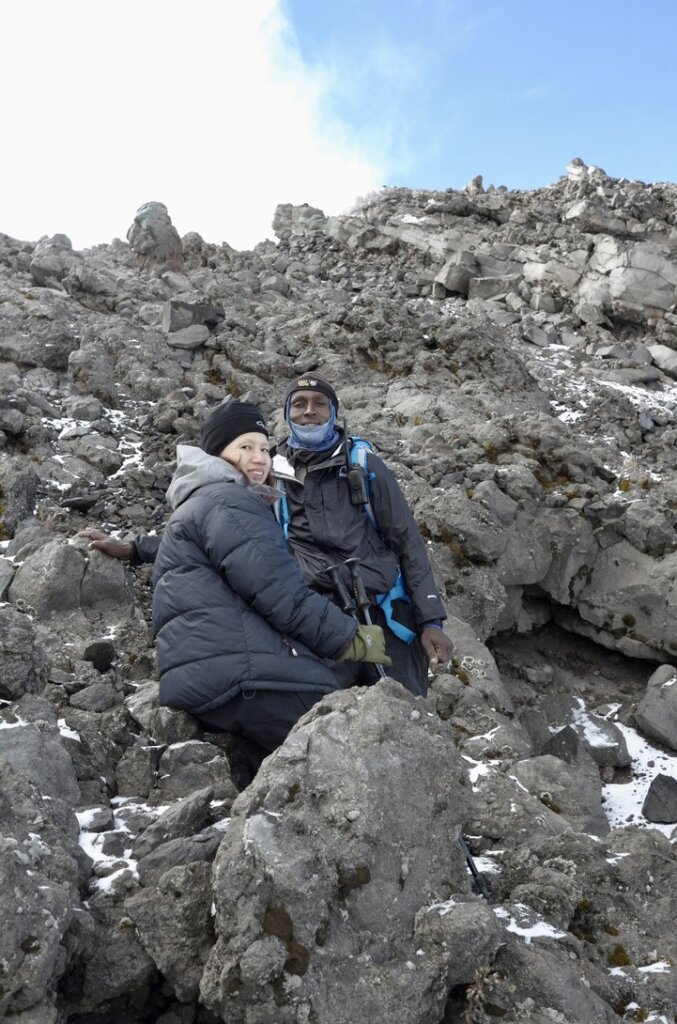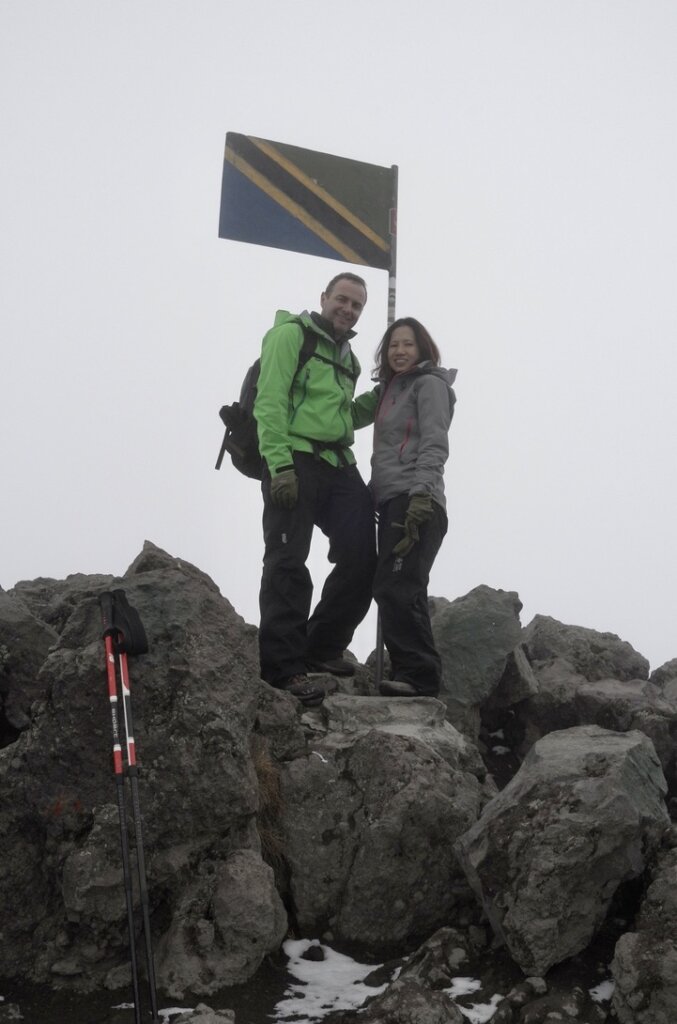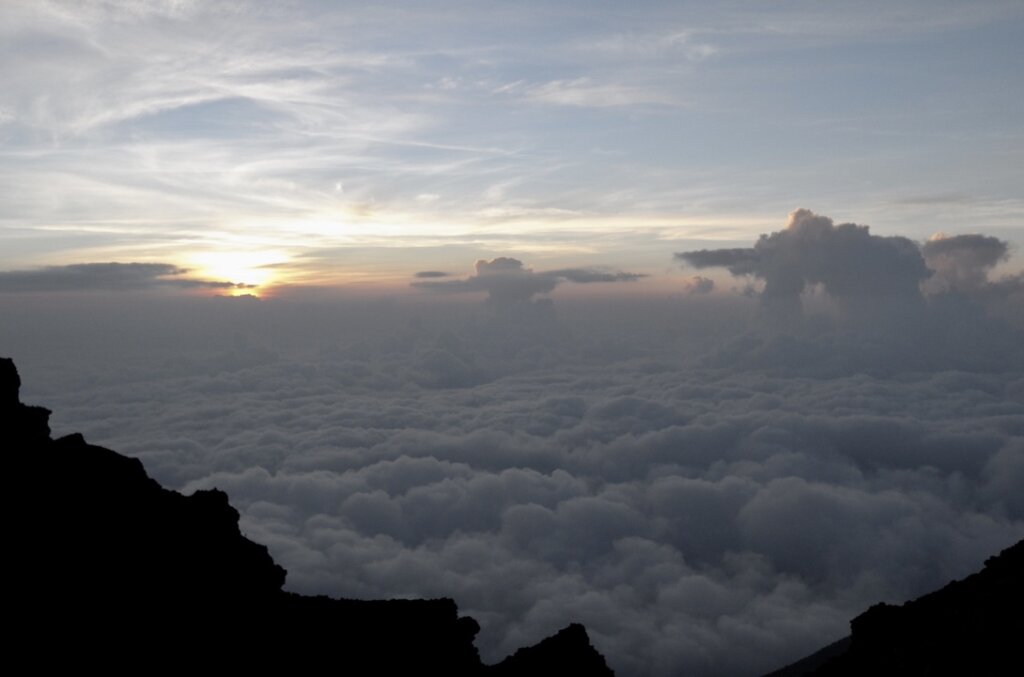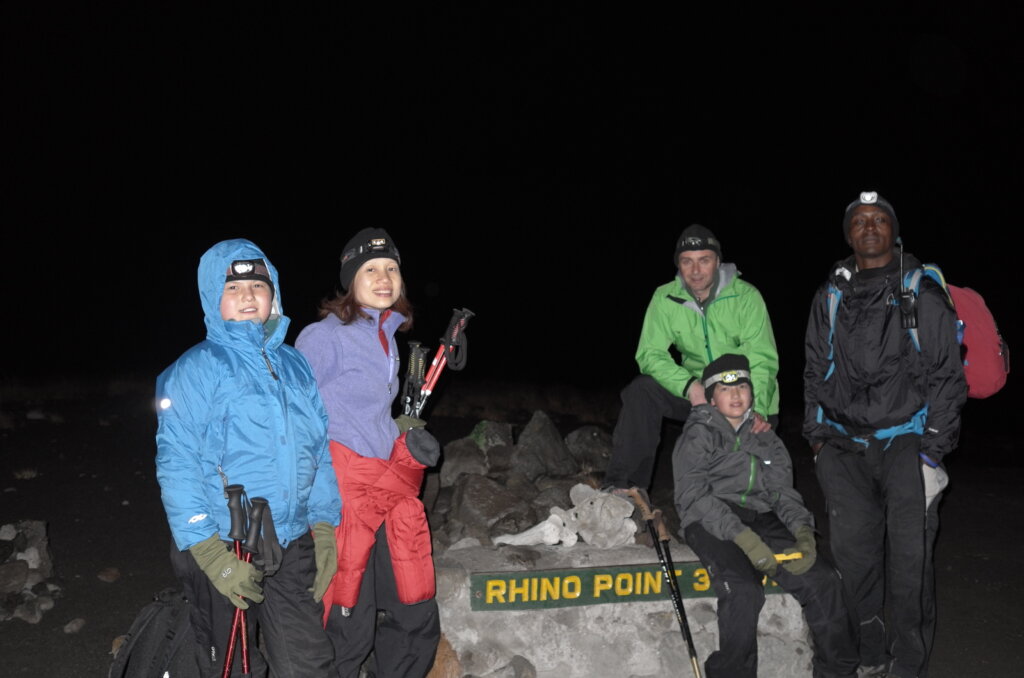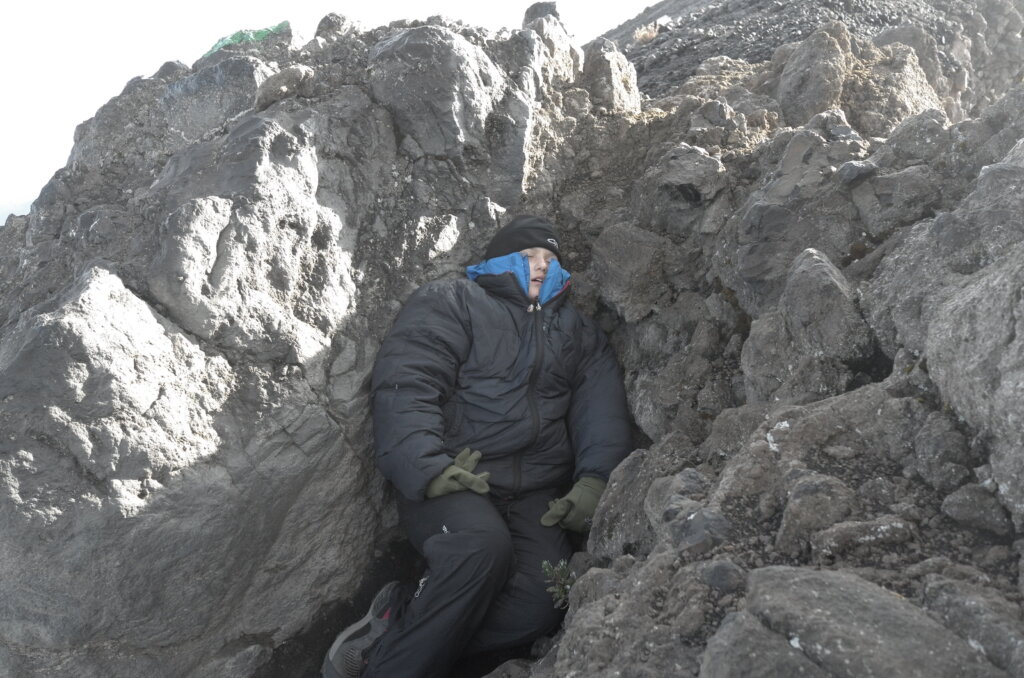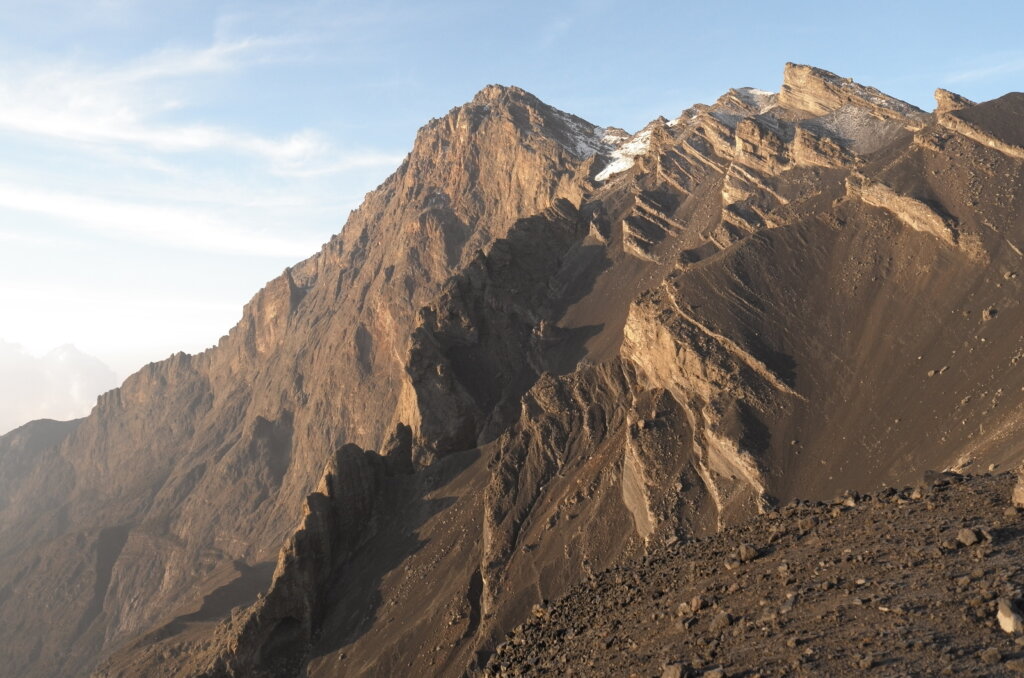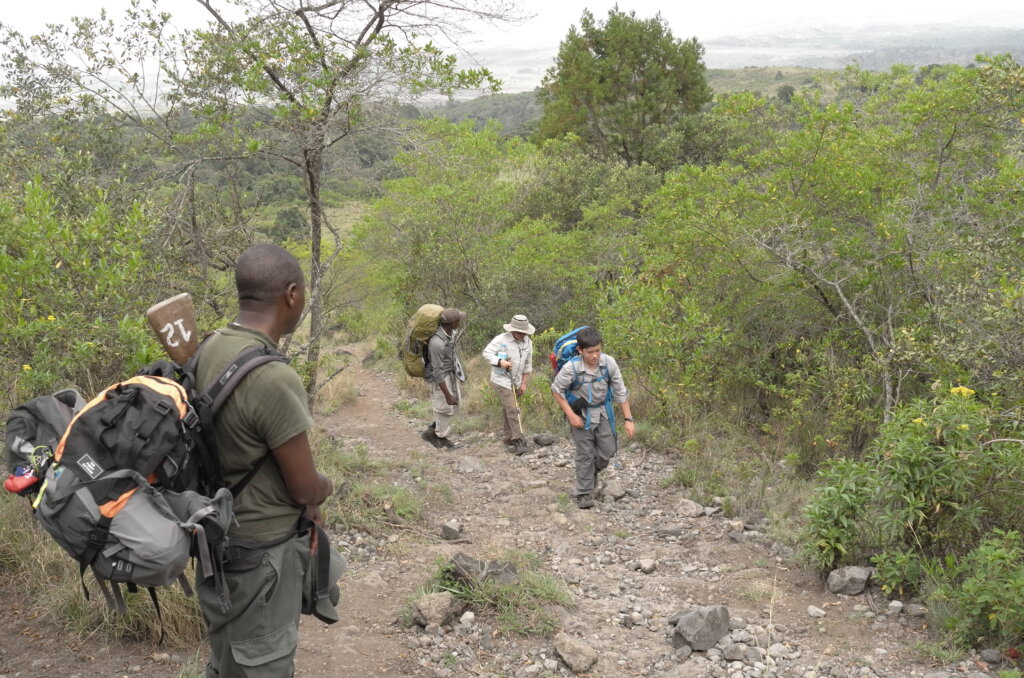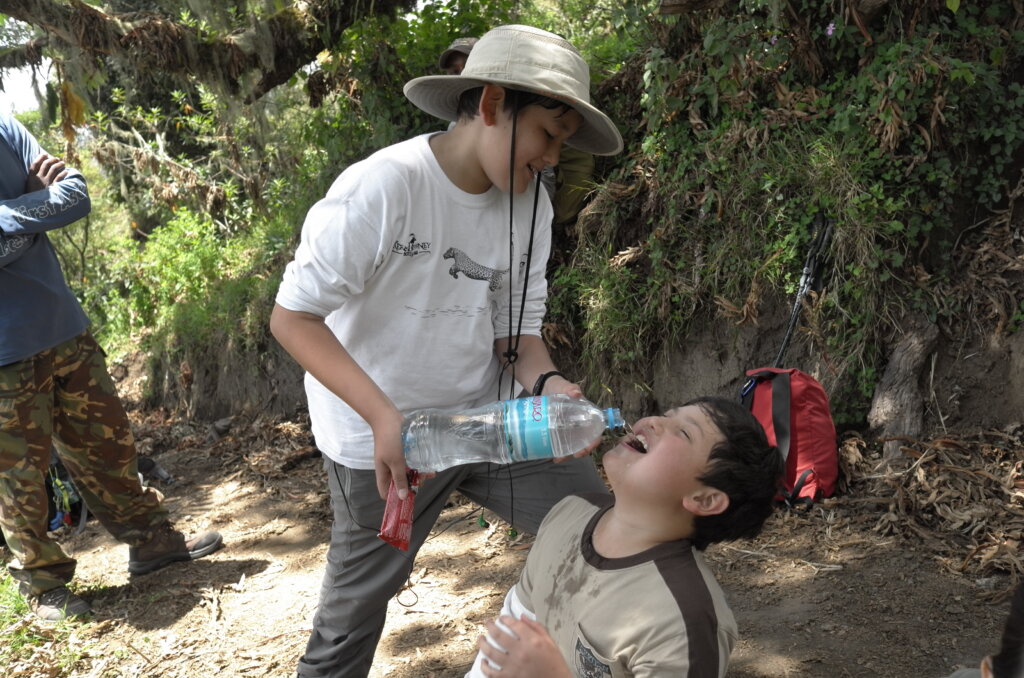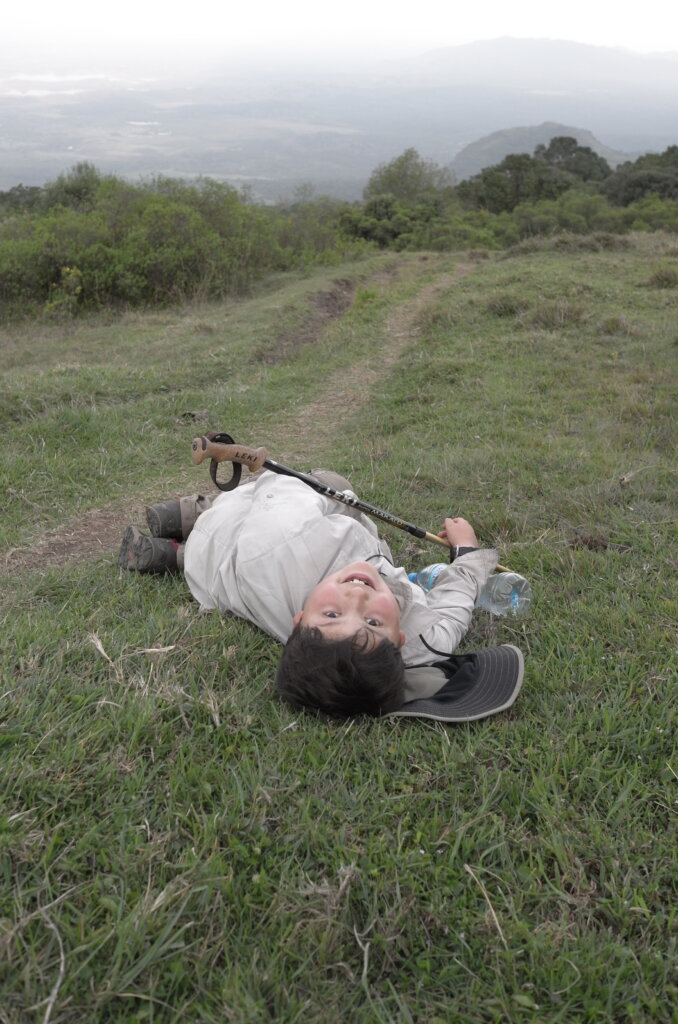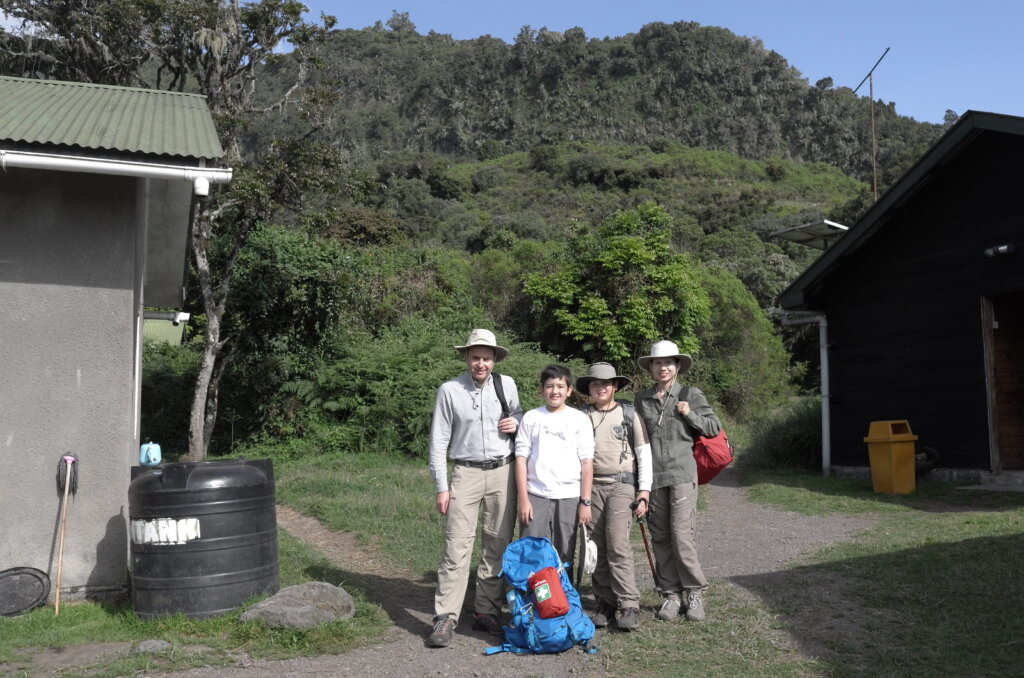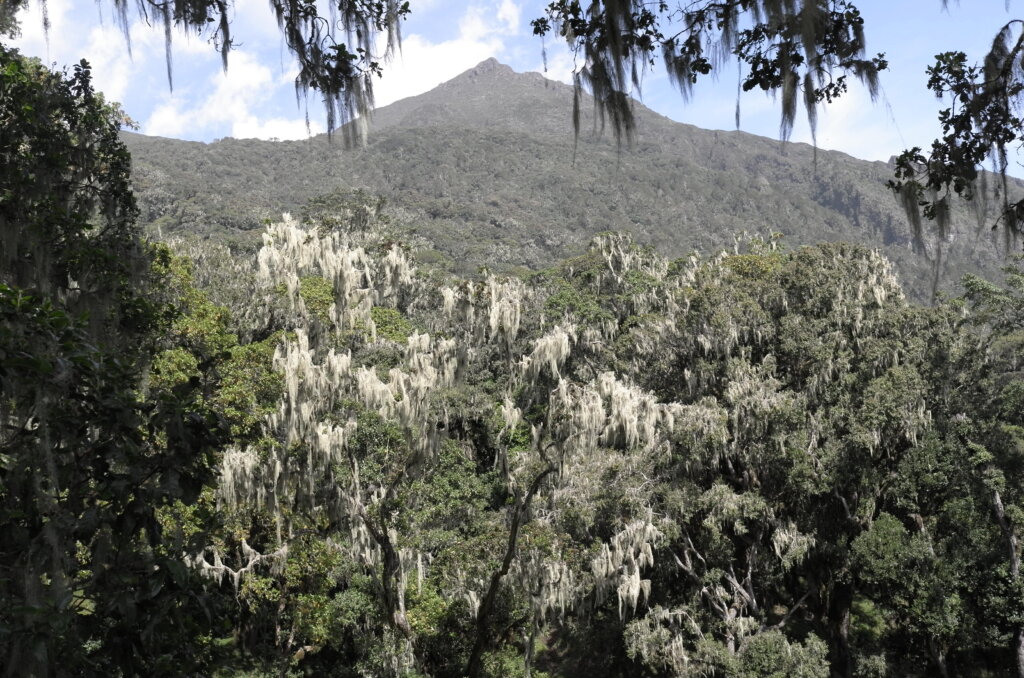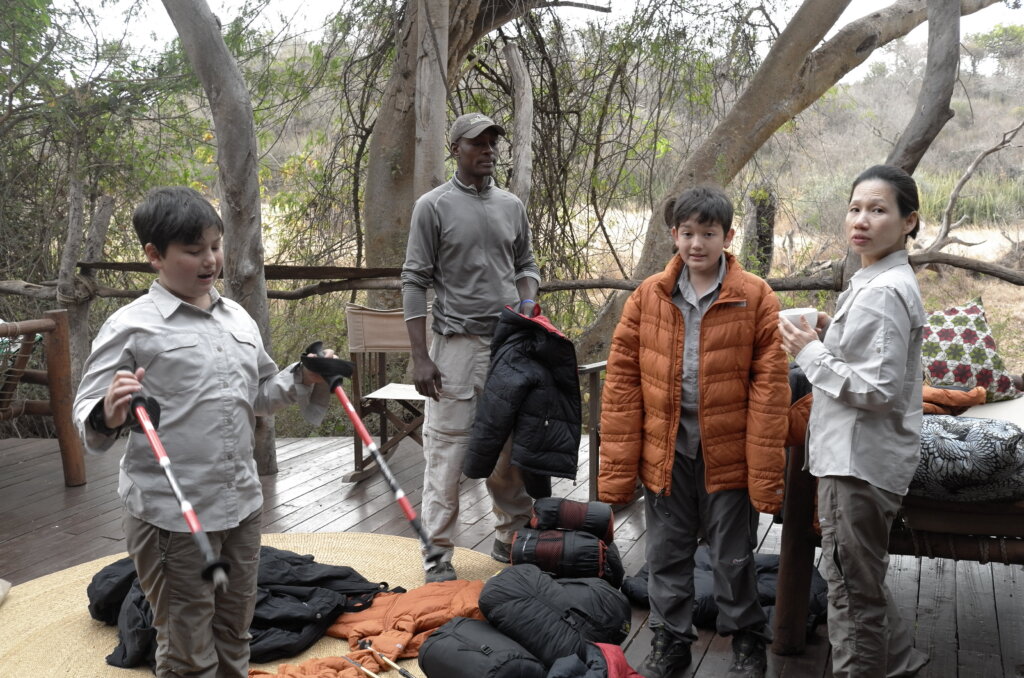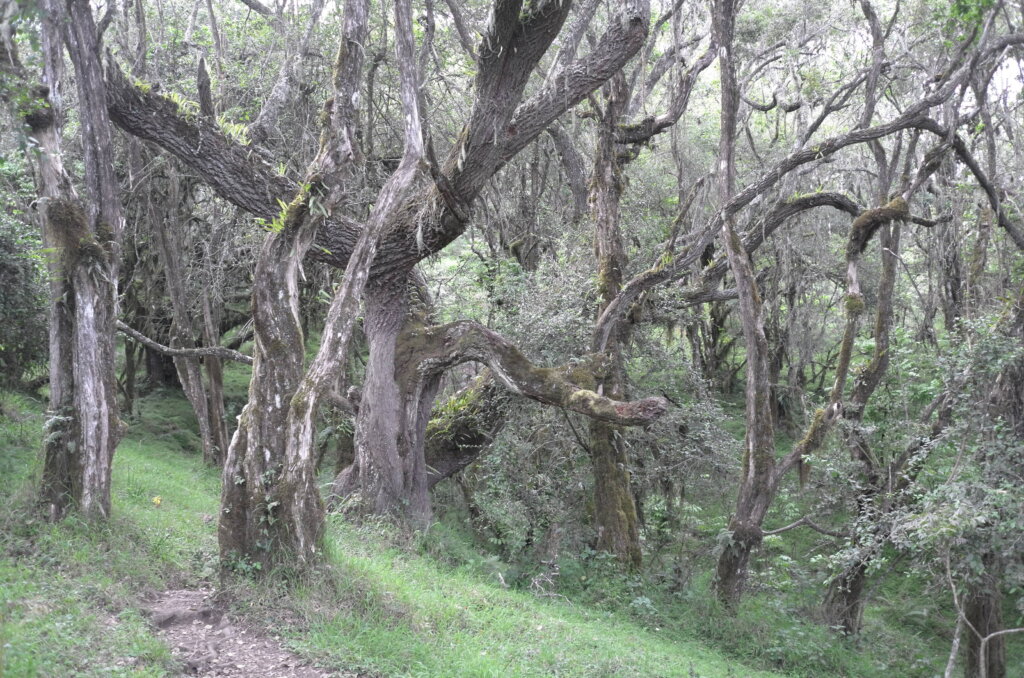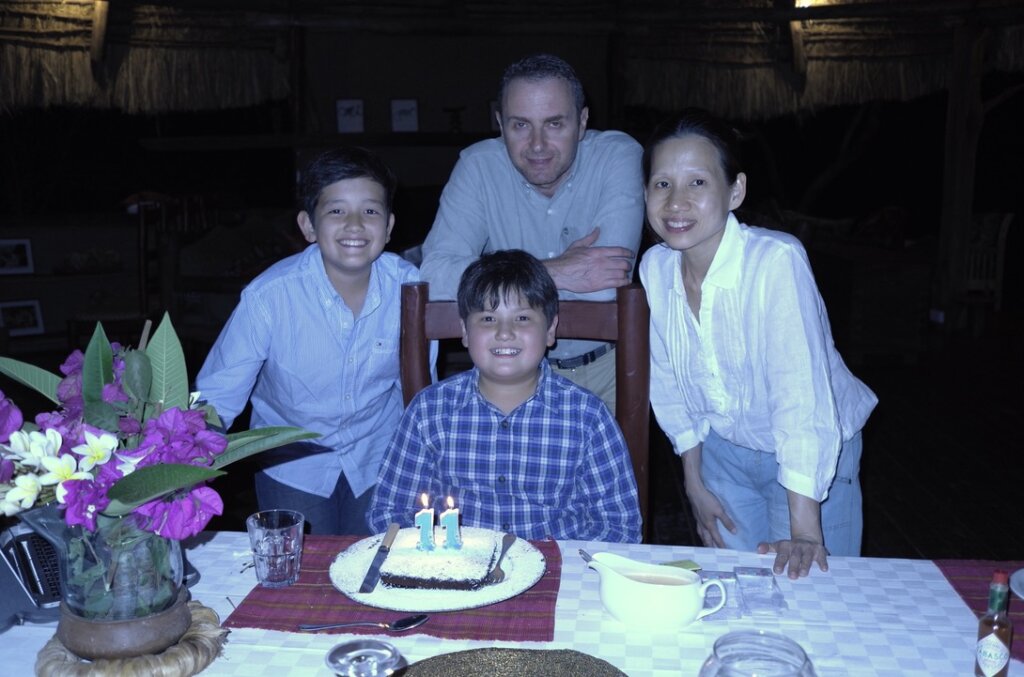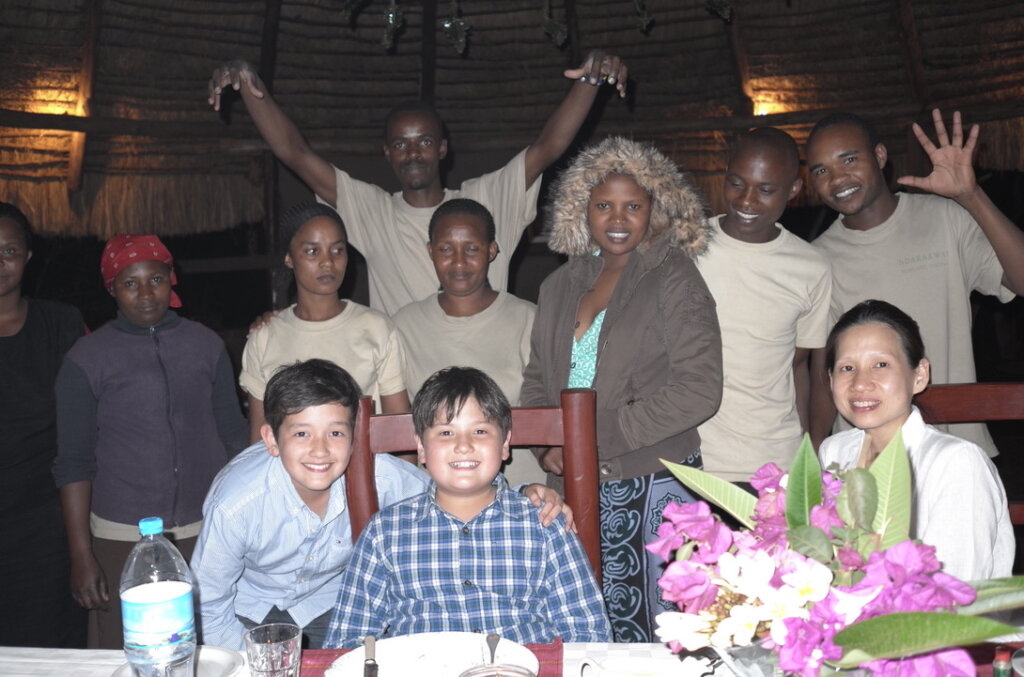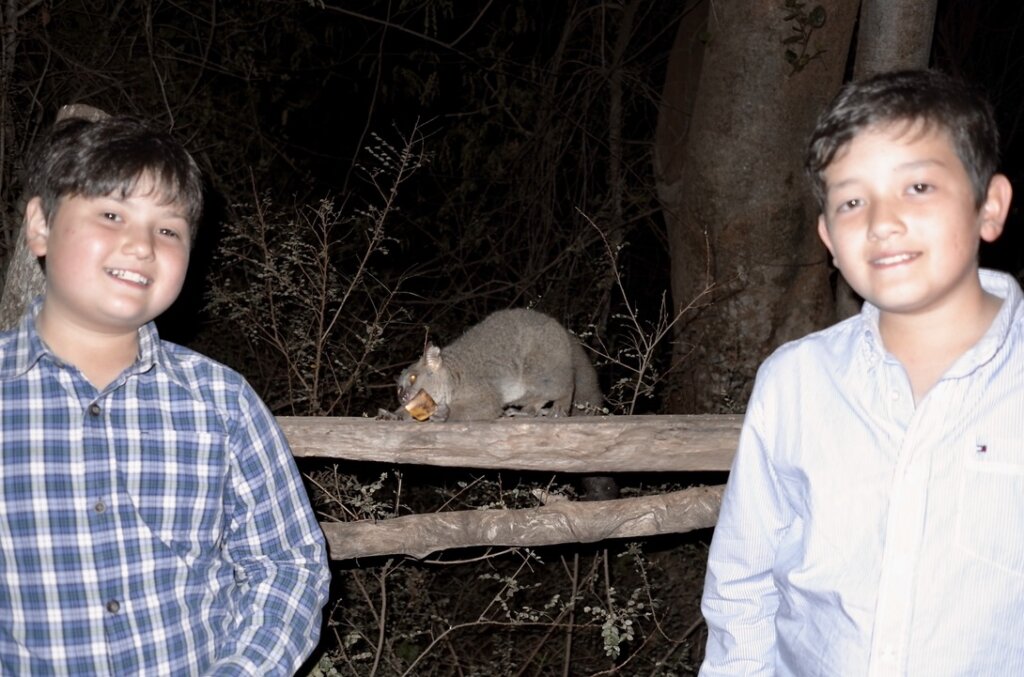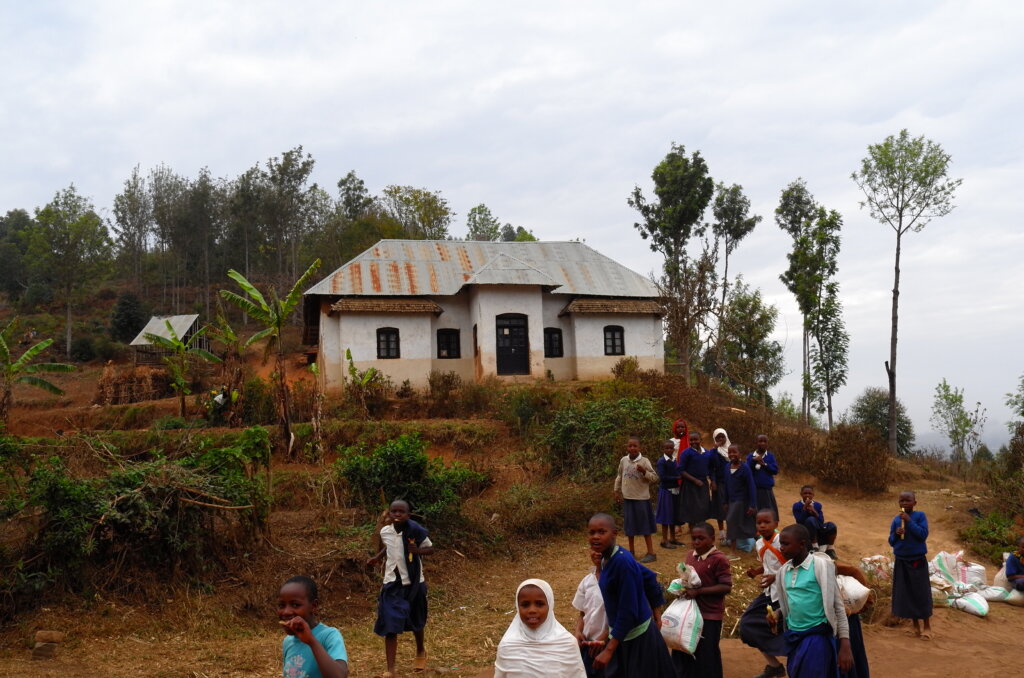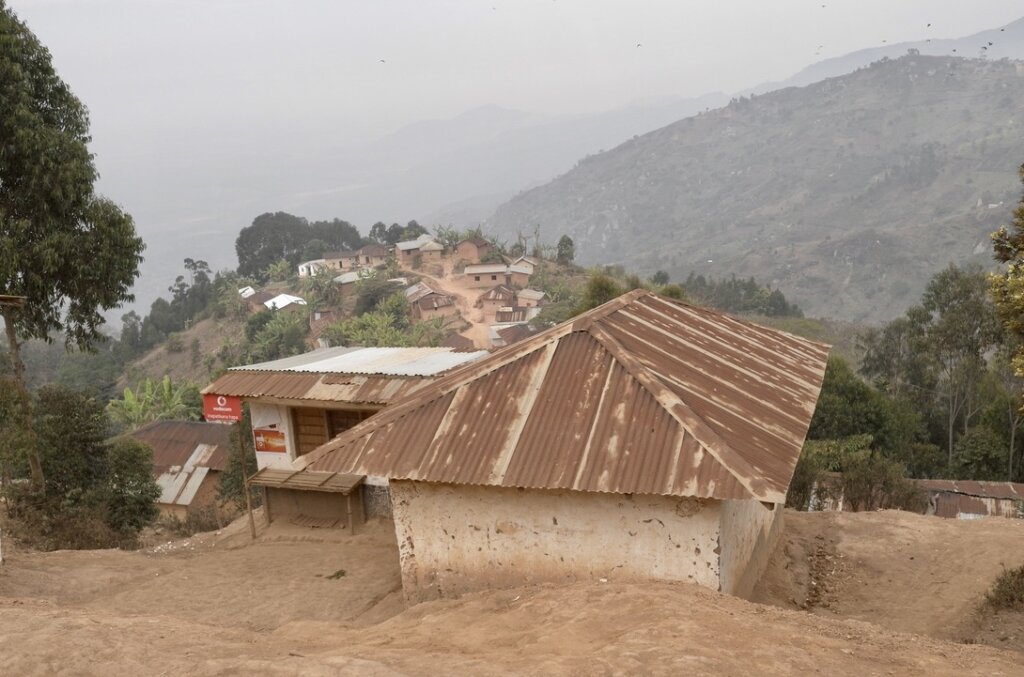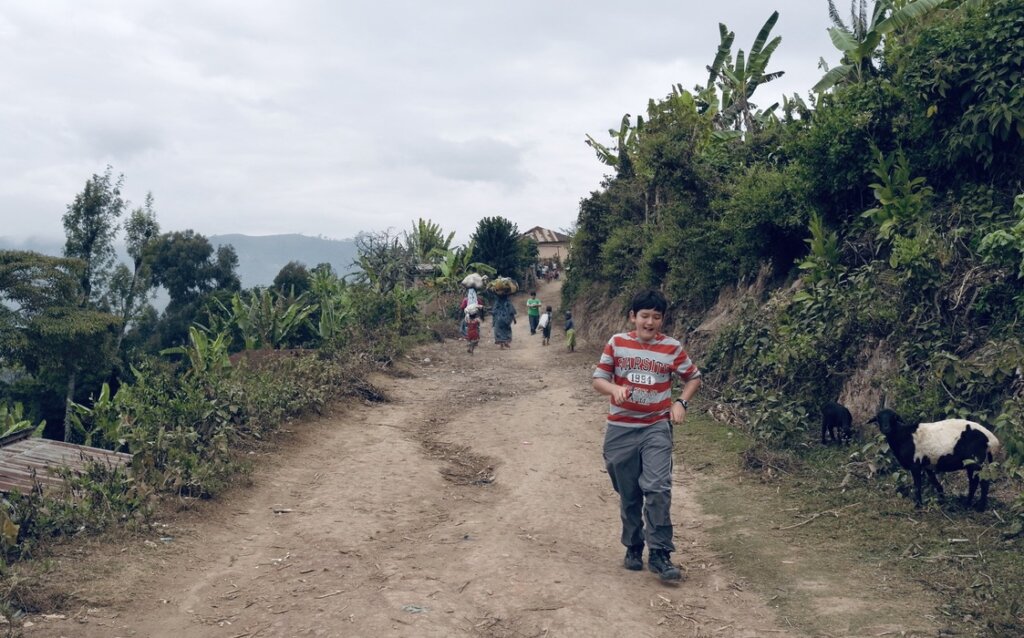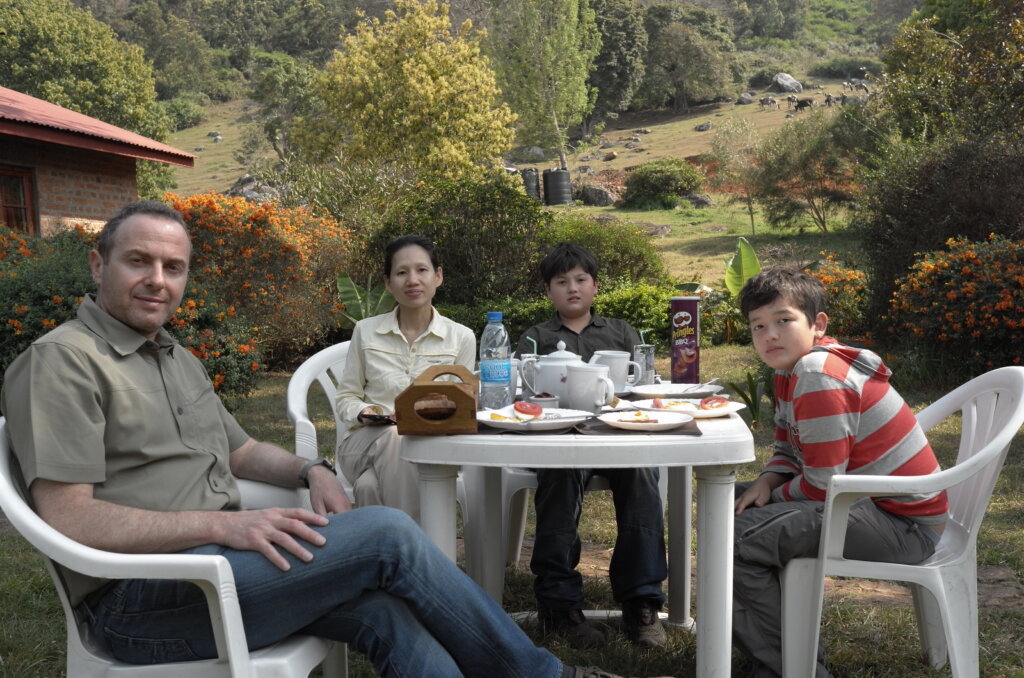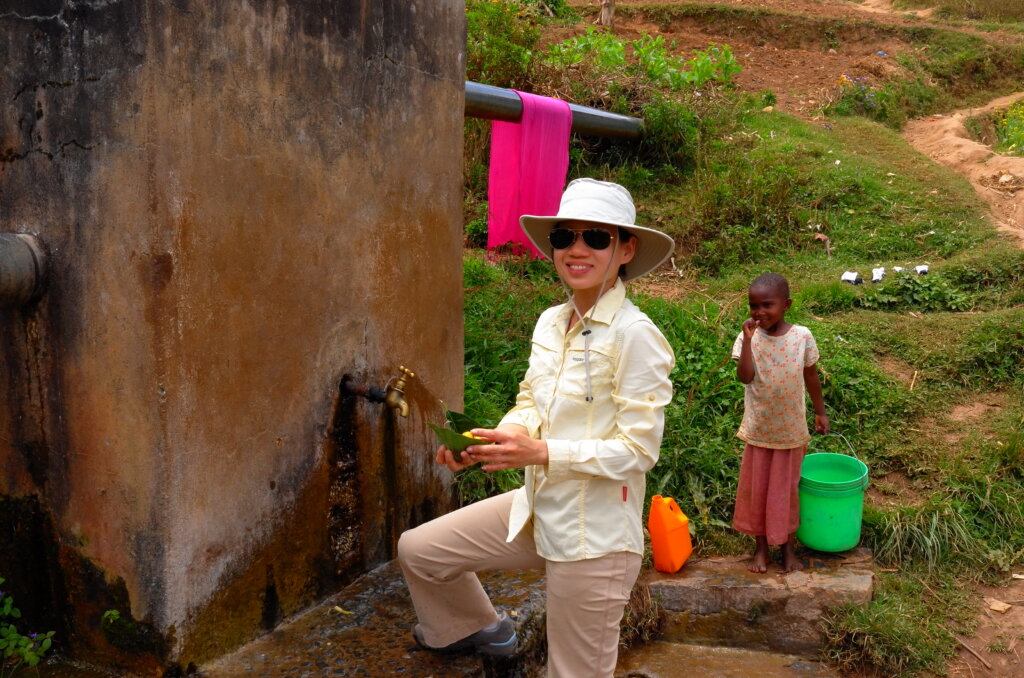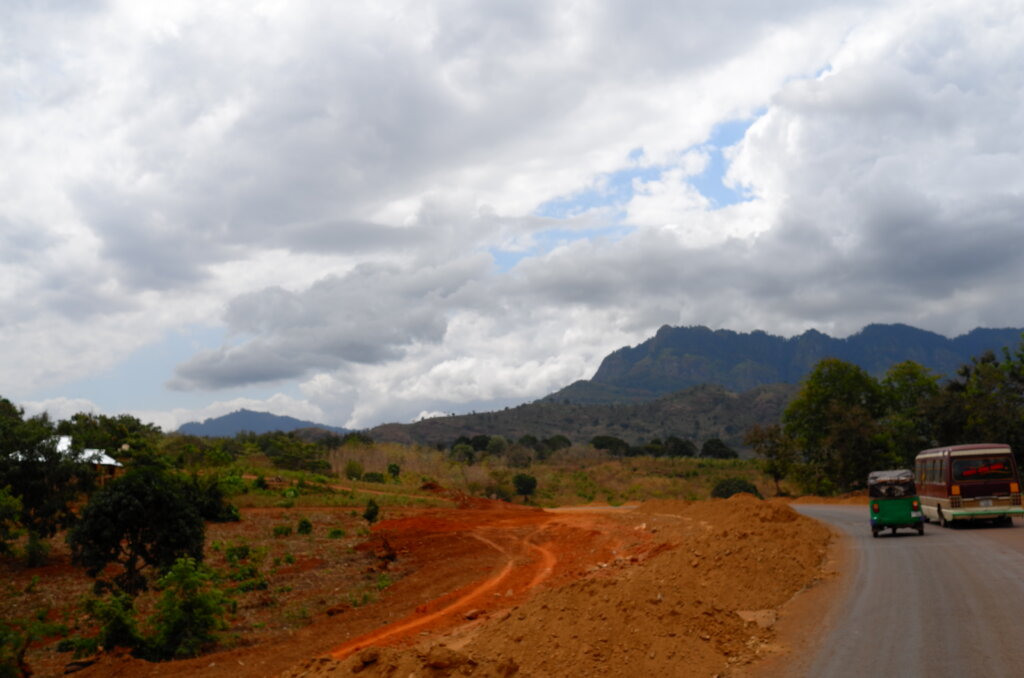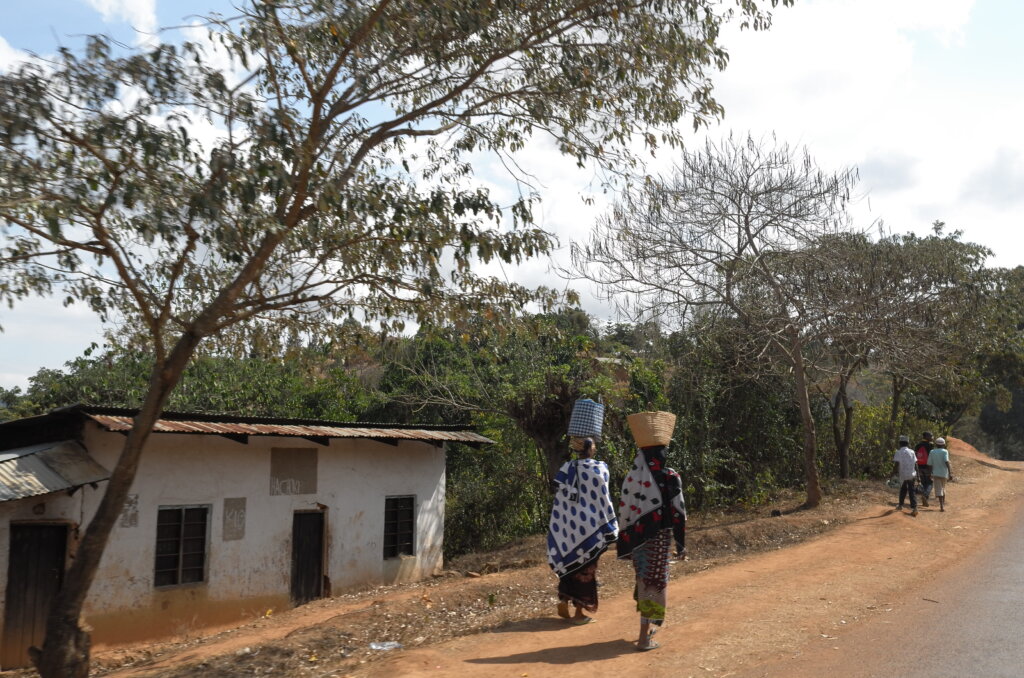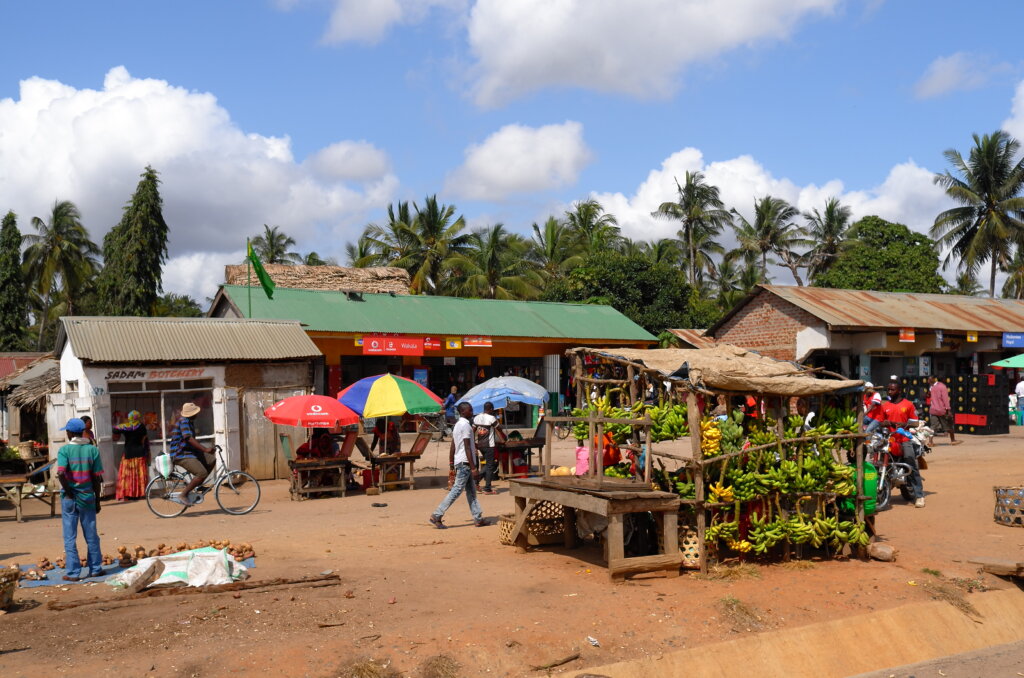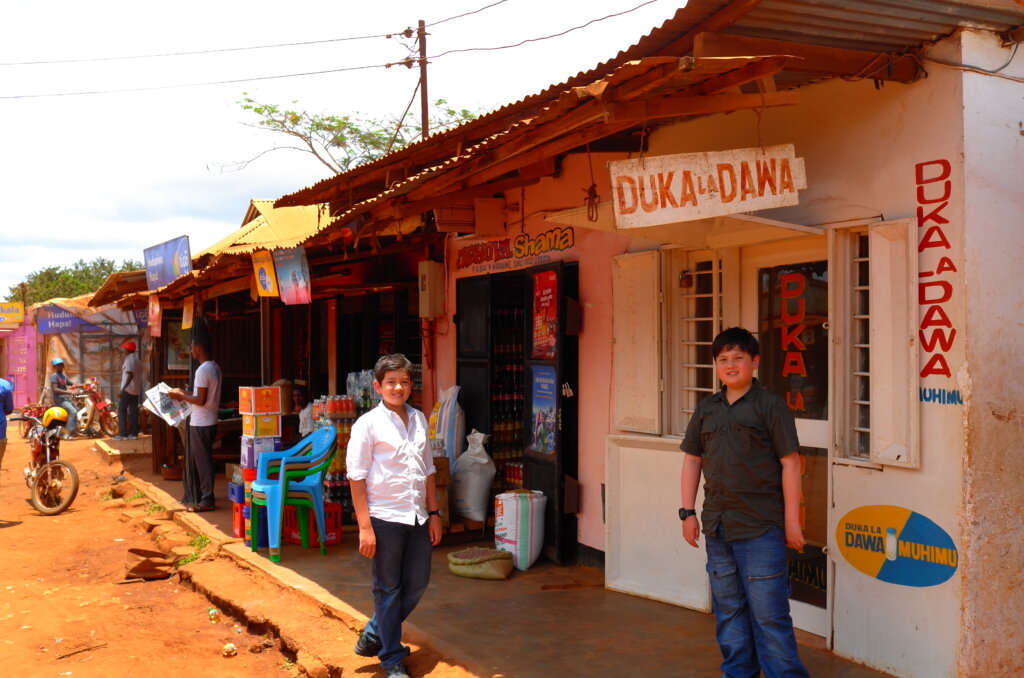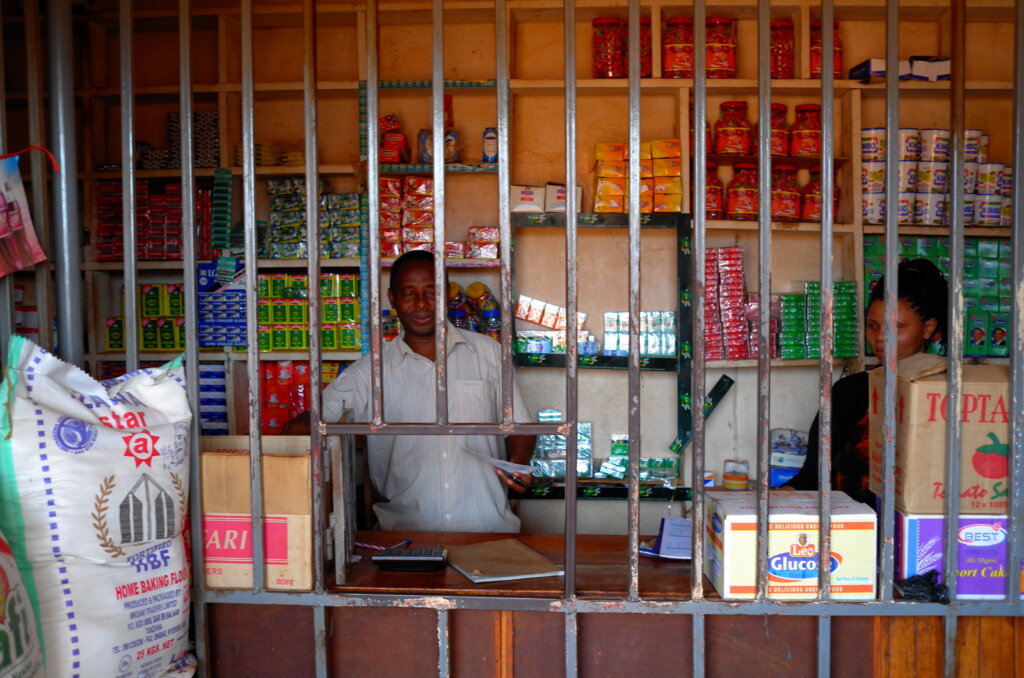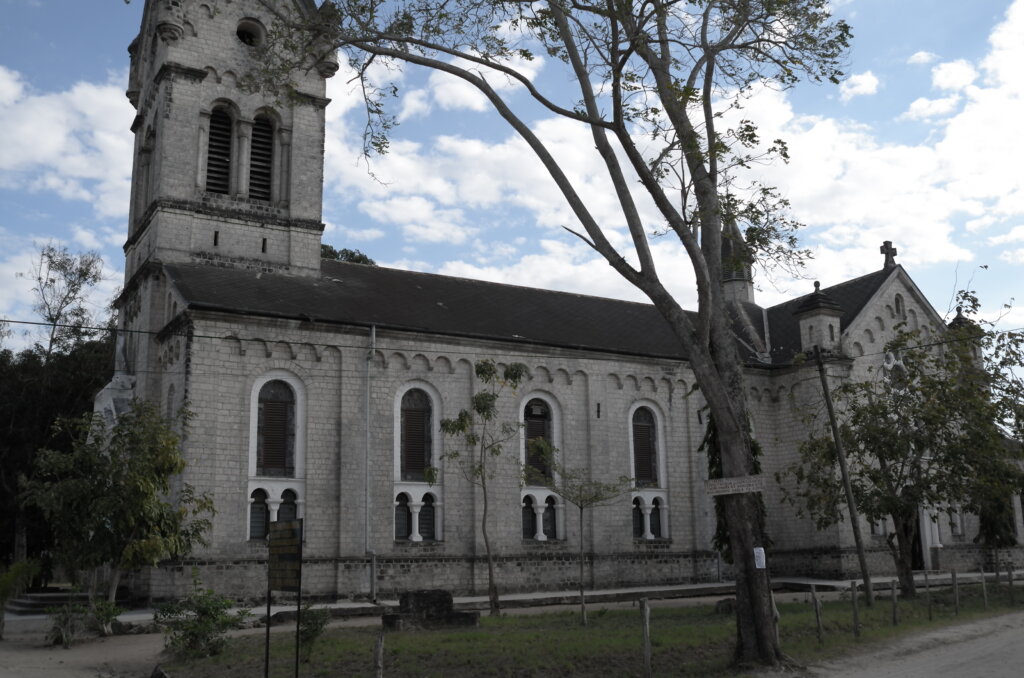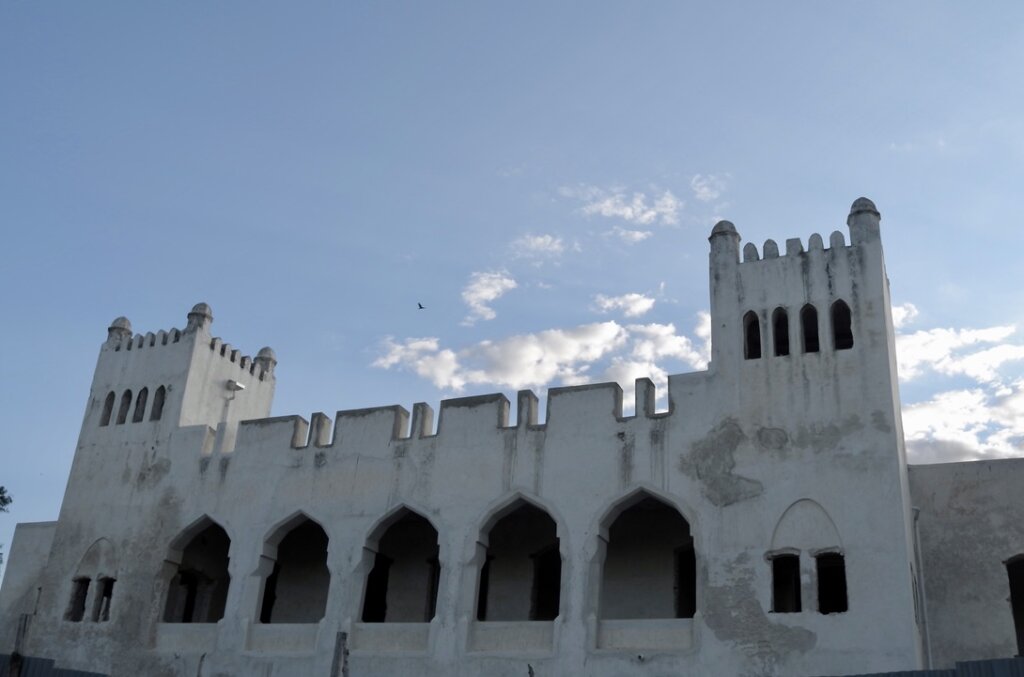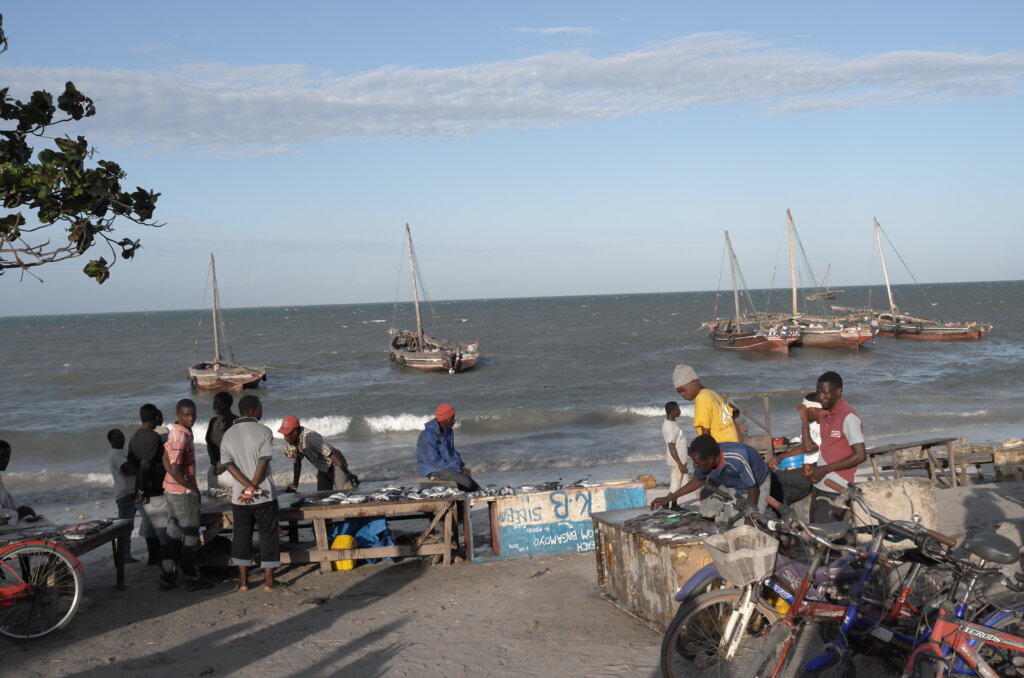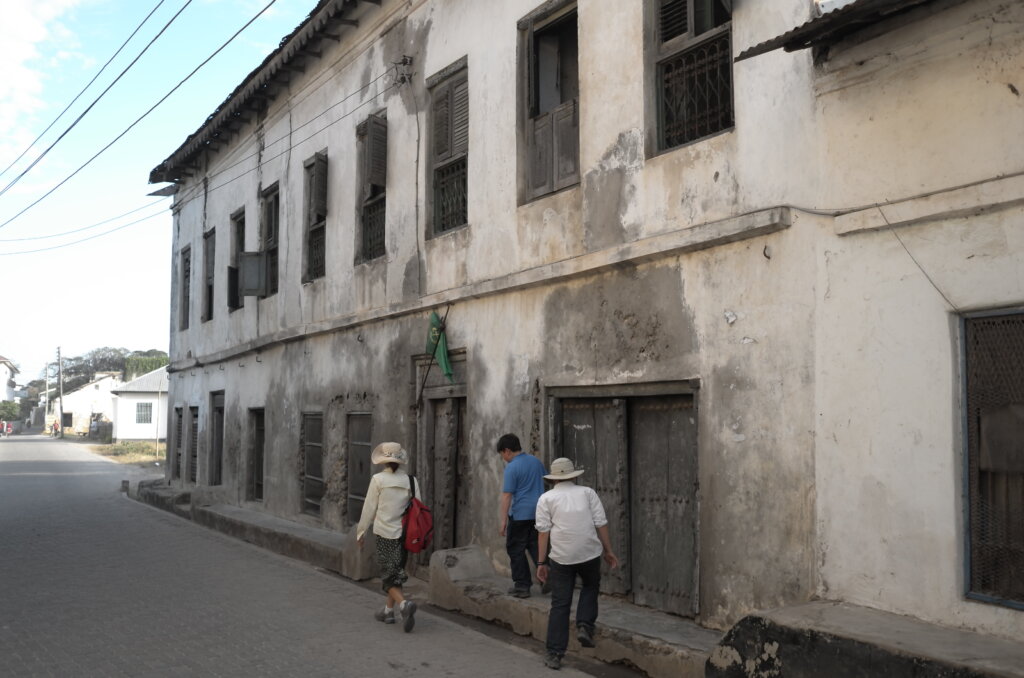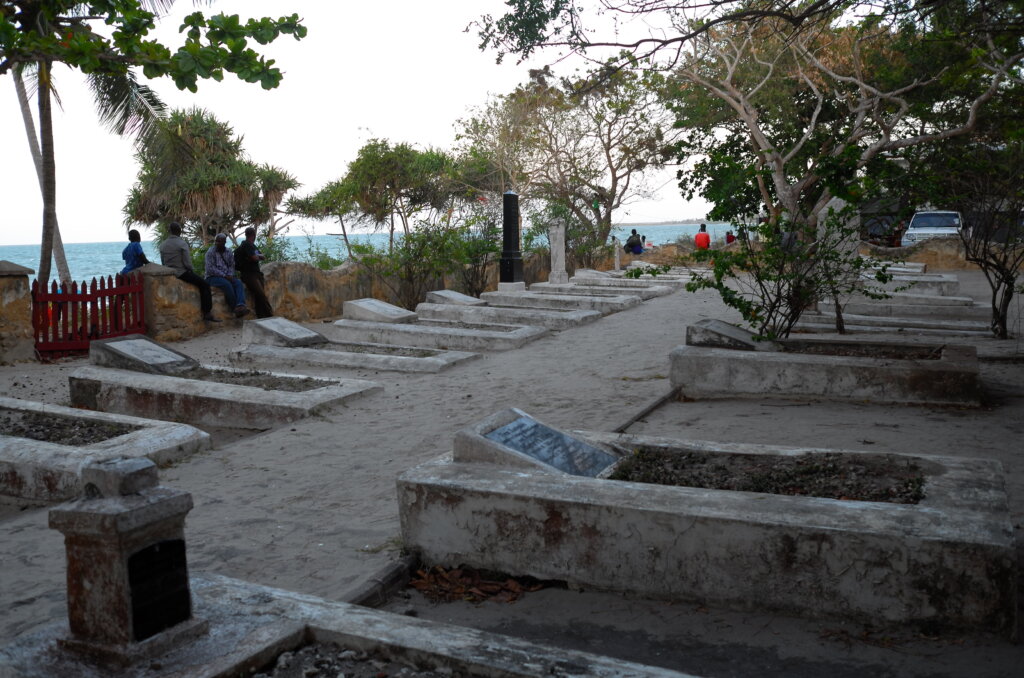Mahale, on the shores of Lake Tanganyika, is one of Africa’s most hauntingly beautiful national parks. Covering the densely forested Mahale Mountains as well as part of the lake, it is hard to access and feels very remote. We spend four days at Greystoke Mahale, a small camp with six tents located close to a colony of 60 habituated chimpanzees who live nearby in the forest.

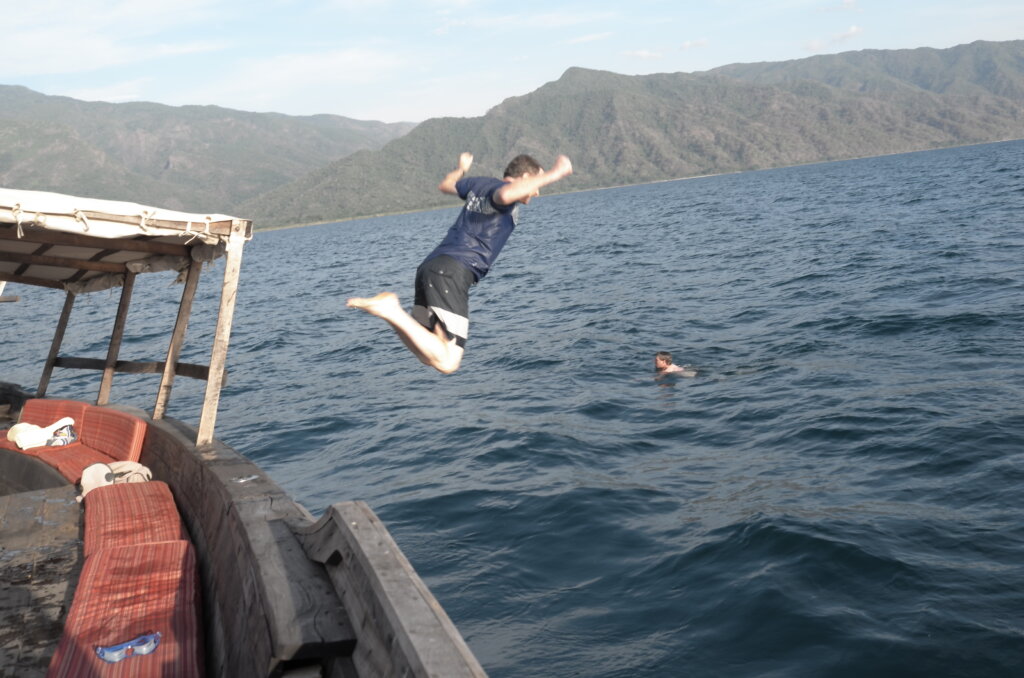
Lake Tanganyika is Africa’s longest lake at 673km, and also its largest (in terms of the quantity of water it holds). It seems animated by a will of its own. At times dark and brooding, light hearted and friendly or menacing and unfathomable, its mysterious presence surrounds us during our stay.
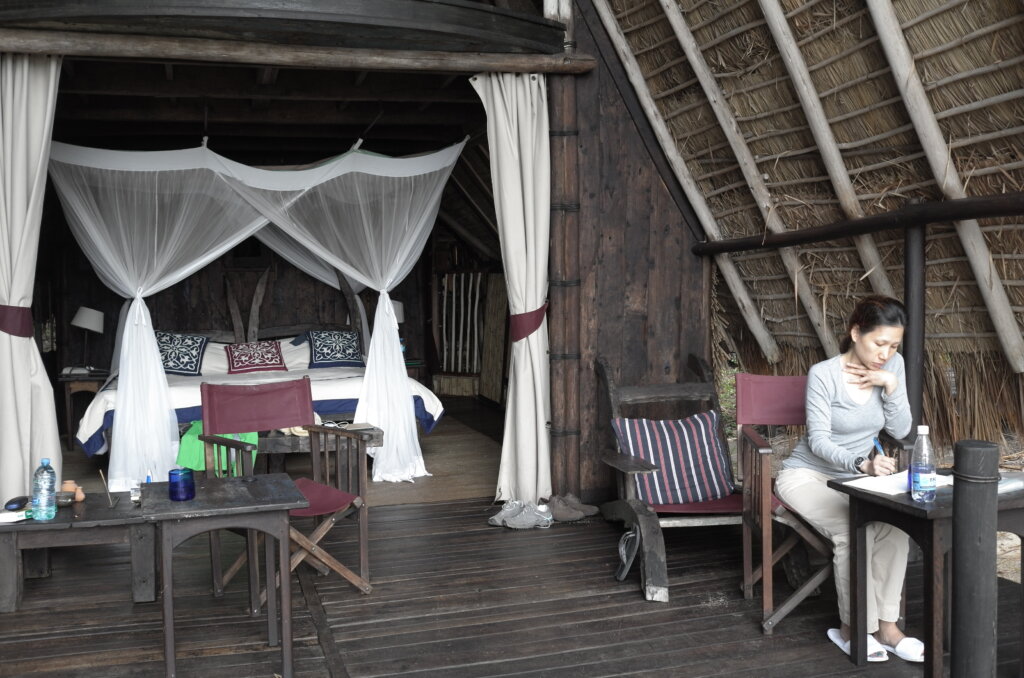
The boys go fishing on the camp’s dhow, procuring a sashimi dinner every day. And we go swimming – away from the shore (which is teeming with crocodiles and hippos), conscious of the fact that, when we are floating on the lake’s surface, we are at the midpoint, almost equidistant between the bottom of the lake (at 1,400m) and the top of the surrounding mountains.
